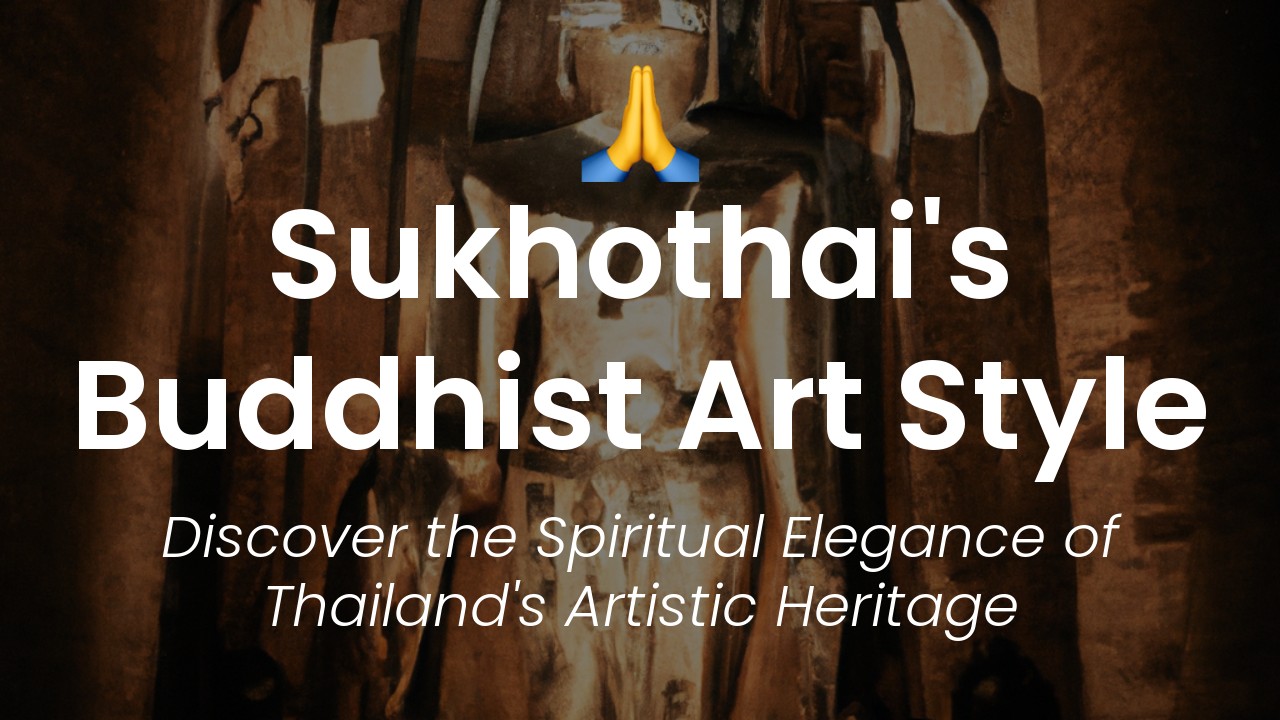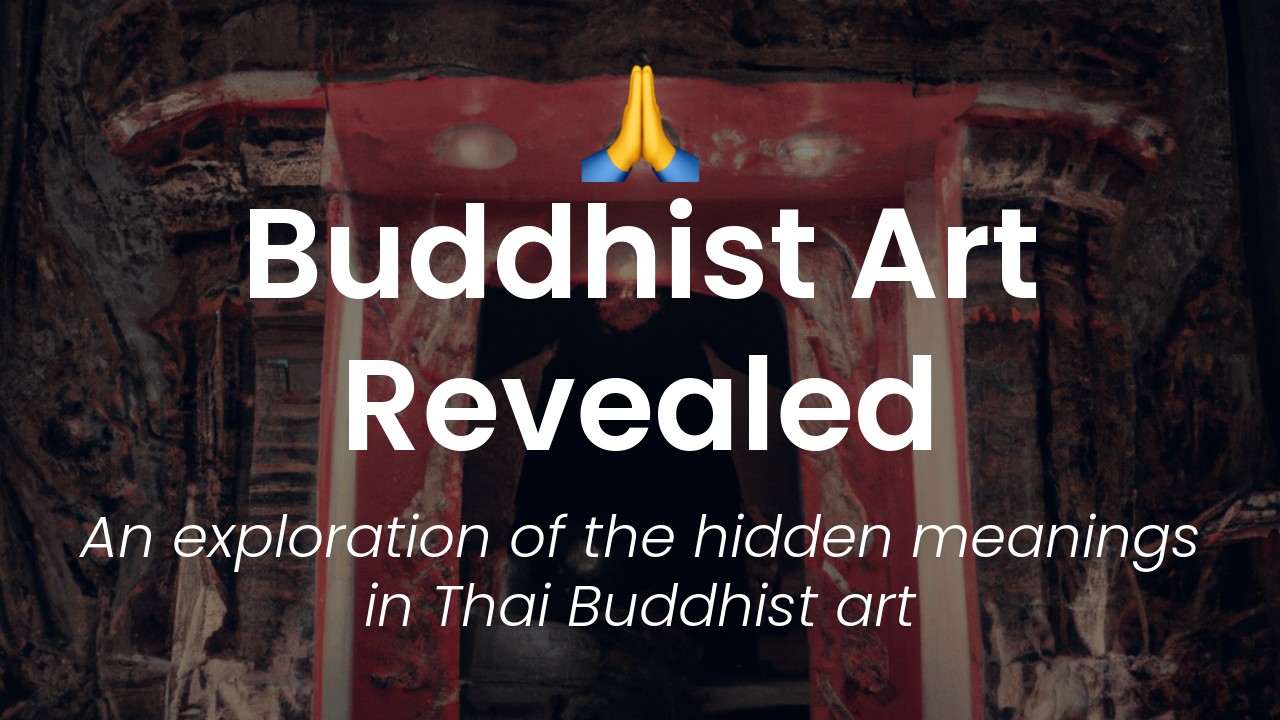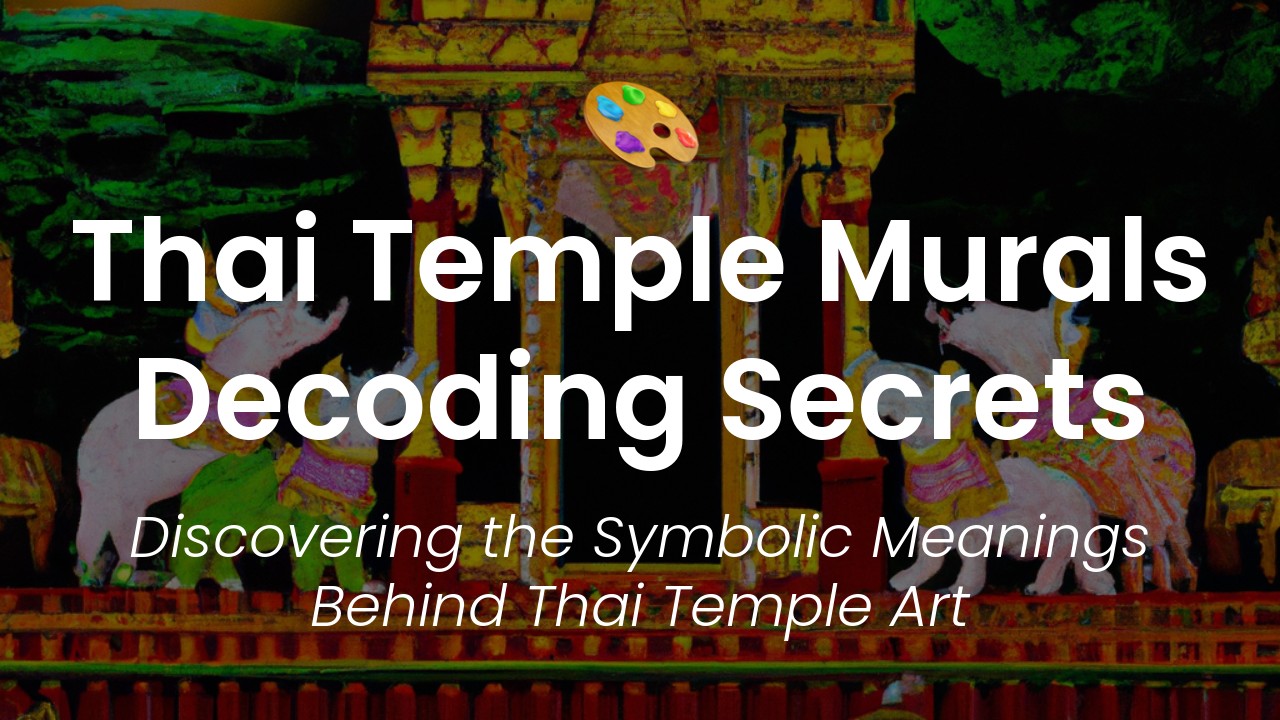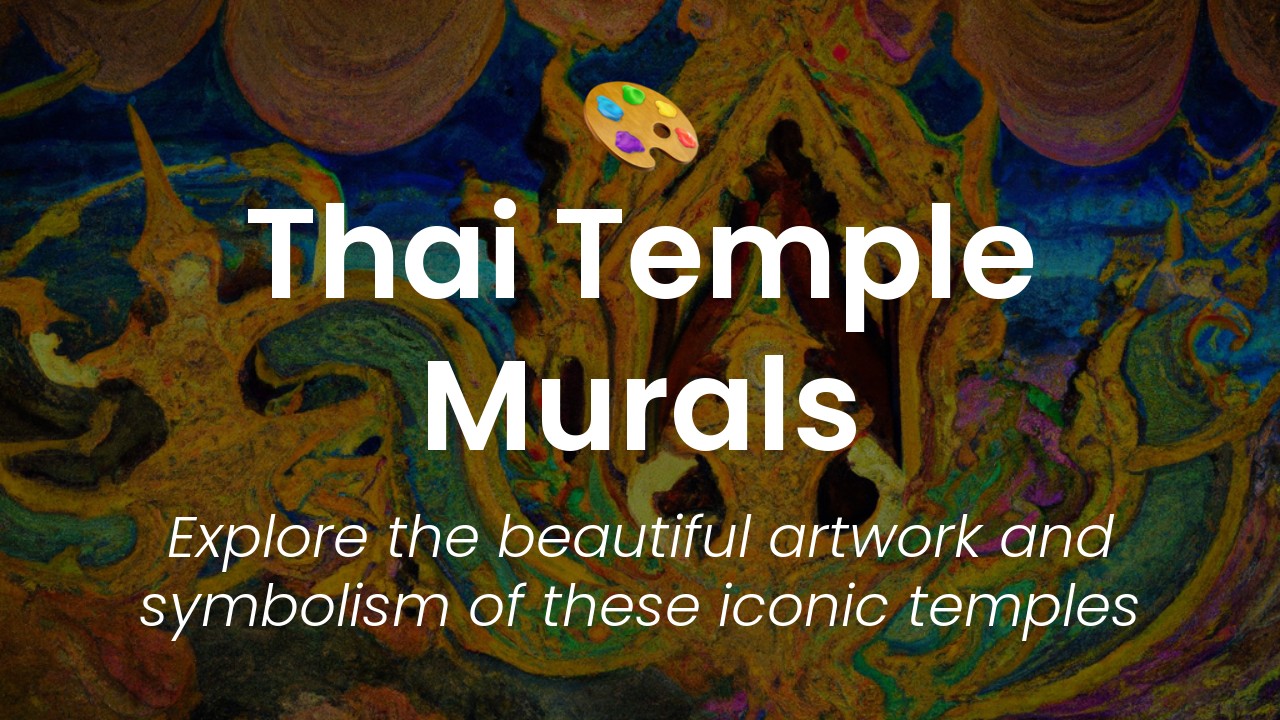Hello everyone, it's Sirinya again. Today, I want to unveil the beauty of Sukhothai's Buddhist art style. As many of you may know, Sukhothai was once the ancient capital of Thailand and a flourishing center of art, culture, and religion. Its glorious past is reflected in its stunning Buddhist art and architecture that still stands today.
To start off, let me take you on a journey to the historical background of Sukhothai. Sukhothai’s reign lasted from 1238 to 1438, and during this time, the Sukhothai Kingdom came into being. The first King was King Ramkhamhaeng, who laid the groundwork for a strong, centralized administration and brought about the flourishing of arts and culture. This was reflected in the art, temples, and Buddha statues that were commissioned during this reign, all of which still captivate us with their beauty today.
One of the most striking aspects of Sukhothai's Buddhist art style is its simplicity and grace. Unlike some later art styles that incorporated more flamboyant and complex elements, Sukhothai's art is known for its understated elegance. The Buddha statues created in this style have a peaceful and serene aura that emanates calm and tranquility, and their facial expressions are gentle and compassionate, befitting the teachings of Buddhism.
Sukhothai: Birthplace of Thai Buddhist Art
The Sukhothai Kingdom was a powerful and prosperous city-state situated in the north-central region of Thailand from around the mid-thirteenth century to the late fourteenth century CE. It experienced a ‘Golden Age’ under King Ramkhamhaeng the Great (1275–1317 CE) and during that period, the art of Sukhothai reached its zenith. The ruling monarch’s patronage of art, culture, and literature during his reign brought about substantial advancements in the field of art, particularly in Buddhist art.
Sukhothai Buddhist Art Style Defined
The Sukhothai artistic style grew out of Buddhist art aesthetics introduced from India and Sri Lanka. Sukhothai Buddhist art is renowned for its distinctive style, marked by a sense of understated elegance, grace, and spiritual fluidity. A popular saying goes, ‘to witness Sukhothai art is to harmoniously merge with inner peace.’ The art expresses Buddhist architecture, with its stone inscriptions and relief carvings created in stucco, clay, and bronze.
Characteristics of Sukhothai Buddhist Art
Sukhothai art imbibes many features distinct to Buddhist art. Many aspects carry emphasis, such as the head, which plays a significant role in conveying the Buddha’s teachings. The face is calm and serene; the mouth has a gentle smile, indicating the Buddha’s peacefulness. The eyes are lined and elongated to represent enlightenment and the awareness of all things, including suffering. The earlobes play an essential role, symbolizing the Buddha’s previous life experiences and the release of desire. The body is slightly bent forward in meditation, with the hands facing upwards on the lap, accentuating the Buddha’s sincerity.
Buddha Images in Sukhothai Art Style
The Buddha images in the Sukhothai style can further be classified into various types, such as Standing Buddha, Seated Buddha, Walking Buddha, and Reclining Buddha, among others. The statues’ radiance and gracefulness have been attributed to the silkiness of the body, the sharp lines of the drapery, and the soft contour modeling of the torso, as well as the shapeliness of the legs. Seated Buddhas have long legs, indicating their presence and dominance in the world, as well as empathy and compassion towards all living creatures. The hands on the lap in the gesture of meditative concentration (dhyana mudra) convey total concentration of the mind. The Reclining Buddha is the most massive type of statue representing the Buddha in a lying position.
Sukhothai Art’s Influence on Thai Culture
Sukhothai art played a fundamental role in shaping the cultural and social fabric of Thailand. Under King Ramkhamhaeng’s patronage, the Sukhothai kingdom was transformed into a center of art and literature, literally marking a ‘Golden Age’ in Thai history. To this day, the Sukhothai style continues to influence Thai art and culture, with its aesthetics seen in various iconic structures the kingdom left behind, including the Royal Palace, Wat Sra Sri, and the UNESCO World Heritage Site, Sukhothai Historical Park.
Where to See Sukhothai Buddhist Art Today
The best place to see Sukhothai Buddhist art is the Sukhothai Historical Park in the north-central region of Thailand. The park is a sprawling area with many temples and monuments spread over 70 square kilometers that house some of the best Sukhothai art pieces. Wat Mahathat, Wat Traphang Ngoen, and Wat Si Sawai are some of the most beautiful temples in the area, featuring distinctive Sukhothai style architecture that mainly emphasizes harmony, elegant proportions, and serenity.
Discover Sukhothai’s Cultural Beauty
The Sukhothai kingdom may have existed centuries ago, but its impact on Thai art and culture is still visible today. Its artistic legacy continues to inspire creative expressions in contemporary arts and architecture in Thailand and beyond. You can visit the Sukhothai Historical Park and its many Buddhist temples to fully appreciate the Sukhothai art style’s unique beauty and timeless cultural significance. Take a stroll through the park, immerse yourself in Sukhothai culture’s tranquil and harmonious beauty, and religious history while experiencing this breathtaking historical trip.





